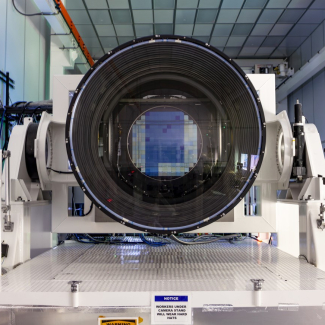
Estimating the size of Mercury’s core
With a size of 2,060 km, Mercury’s core is 50 km larger than previously thought. The discovery was made by three researchers at the Laboratoire de Planétologie et Géodynamique (CNRS / Université de Nantes / Université d’Angers). They did this by analysing data about the planet’s magnetic field collected by NASA’s MESSENGER spacecraft. When the external magnetic field around Mercury varies as a result of the solar wind1
, the planet’s core generates what is known as an induced response. This is proportional not only to the external field but also to the core’s size, which can therefore be inferred. Astonishingly, the core’s radius turns out to be 85% of the radius of the entire planet. The findings, published in early August 2019 in the Journal of Geophysical Research – Planets, shed a little more light on the enigmatic planet Mercury, while awaiting the arrival of the BepiColombo mission in the vicinity of the planet in 2025.

- 1A stream of protons constantly flowing out in all directions from the Sun. As on Earth, the solar wind interacts with Mercury’s dynamo-generated magnetic field, creating a dynamic magnetosphere, which generates an external magnetic field around the planet.
Correlated time-varying magnetic fields and the core size of Mercury, Ingo Wardinski, Benoit Langlais and Erwan Thébault. Journal of Geophysical Research – Planets, Auguste 1st 2019. DOI : https://doi.org/10.1029/2018JE005835


